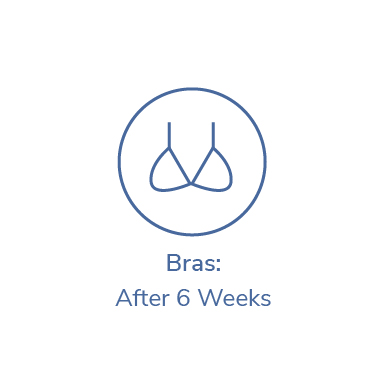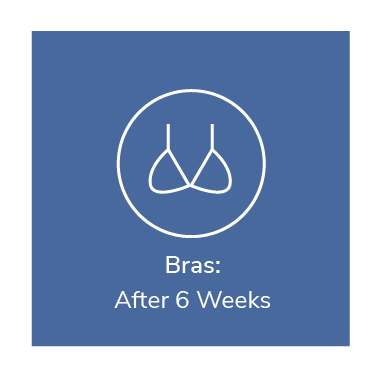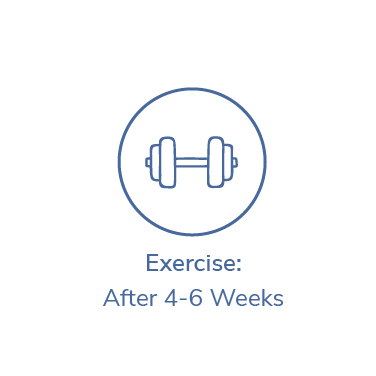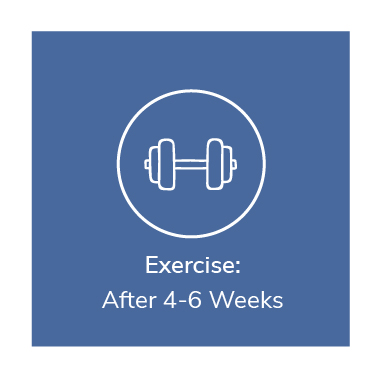




















WHAT IS A Chest Reduction?
Chest reduction, also known as male breast reduction or gynecomastia surgery, is a surgical procedure designed to reduce the size and improve the appearance of the male chest. It addresses a condition called gynecomastia, which is characterized by excess glandular tissue and/or fat in the chest area, resulting in an enlarged or feminine-looking chest.
Chest reduction surgery can greatly enhance the appearance of the chest, improve self-confidence, and provide a more masculine contour. It is important to consult with a qualified plastic surgeon who specializes in chest reduction to discuss your specific concerns, undergo a comprehensive evaluation, and receive personalized recommendations based on your unique case.
Here is some information about the chest reduction surgery:
Anesthesia: Chest reduction surgery is typically performed under general anesthesia, ensuring that the patient is completely asleep and pain-free during the procedure. The type of anesthesia used will be discussed with your surgeon and anesthesiologist.
Incision Placement: The surgeon will make incisions in strategic locations on the chest to access and remove the excess glandular tissue and/or fat. The specific incision pattern will depend on the extent of the correction needed and the surgeon’s preferred technique. Common incision patterns include around the edge of the areola, along the natural chest creases, or a combination of both.
Tissue Removal: The surgeon will remove the excess glandular tissue and fat from the chest. In some cases, liposuction techniques may be used to remove excess fat, while in others, direct excision may be necessary to remove glandular tissue. The surgeon will tailor the approach to your specific needs and desired outcome.
Skin Adjustment: In cases where there is significant excess skin, the surgeon may also need to trim and reposition the skin to achieve a more tightened and contoured appearance. This may involve additional incisions or techniques to address skin laxity.
Nipple Repositioning: If necessary, the position and size of the nipple-areolar complex may be adjusted to achieve better symmetry and proportion with the new chest contour. The surgeon will carefully reposition and resize the nipples as needed.
Incision Closure: Once the necessary adjustments have been made, the incisions are meticulously closed using sutures. The surgeon will use techniques to minimize scarring and achieve the best aesthetic outcome possible.
Post-operative Dressings and Garments: After the surgery, dressings or bandages will be applied to the incision sites to protect them and promote healing. You may also be instructed to wear a compression garment or special chest binder to provide support and help reduce swelling during the initial healing phase.
Recovery: The recovery process following chest reduction surgery varies from person to person. You may experience some discomfort, swelling, and bruising in the treated area. Your surgeon will provide detailed instructions on post-operative care, including pain management, wound care, activity restrictions, and follow-up appointments.
After chest reduction surgery, proper aftercare is crucial for optimal healing and results. Here are some important points to consider:
Recovery Environment: Arrange for a comfortable and restful recovery environment at home. Have necessary items within reach, such as pain medications, water, snacks, and entertainment.
Follow Post-operative Instructions: Your surgeon will provide specific post-operative instructions tailored to your needs. Follow these instructions carefully to ensure proper healing and minimize complications. This may include guidelines for wound care, medication usage, activity restrictions, and wearing compression garments or dressings.
Pain Management: Take prescribed pain medications as directed or use over-the-counter pain relievers recommended by your surgeon. This will help manage any discomfort or pain experienced during the recovery period.
Compression Garments: Your surgeon may advise wearing compression garments or dressings to support the healing process, minimize swelling, and help achieve the desired chest contour. Follow their instructions on when to wear them and for how long.
Rest and Limit Physical Activities: Allow yourself sufficient rest and avoid strenuous activities or heavy lifting for the recommended period as advised by your surgeon. Engaging in excessive physical activities too soon can hinder the healing process and potentially lead to complications.
Wound Care: Follow your surgeon’s instructions on how to care for the incision sites and dressings. Keep the area clean and dry, and change dressings as instructed. Report any signs of infection, such as excessive swelling, redness, or discharge, to your surgeon immediately.
Swelling and Bruising: Swelling and bruising are normal after surgery and will gradually subside over time. Applying cold compresses or ice packs as recommended by your surgeon can help reduce swelling and minimize bruising.
Follow-up Appointments: Attend all scheduled follow-up appointments with your surgeon. These visits are crucial for monitoring your healing progress, removing any sutures if necessary, and addressing any concerns or questions you may have.
Emotional Support: Seek emotional support from loved ones or support groups during the recovery process. It is common to experience a range of emotions after surgery, and having a support system can be beneficial.
Candidates for chest reduction surgery, also known as male breast reduction or gynecomastia surgery, are individuals who are bothered by the appearance of enlarged or feminized breasts. Here are some factors that may make someone a suitable candidate for the procedure:
Gynecomastia: Candidates typically have gynecomastia, a condition characterized by the enlargement of glandular tissue and/or excess fat in the chest area. This can be caused by hormonal imbalances, genetics, obesity, certain medications, or other factors.
Physical and Emotional Discomfort: Candidates may experience physical discomfort, self-consciousness, or emotional distress due to the appearance of their chest. They may feel embarrassed, have difficulty finding clothing that fits properly, or avoid certain activities due to self-consciousness.
Stable Health: Candidates should be in good overall health and have stable medical conditions. It is important to disclose any pre-existing medical conditions, past surgeries, and medications to the surgeon during the consultation.
Age: Candidates should have fully developed breast tissue. Teenagers may be considered for surgery if gynecomastia persists beyond two years or causes significant emotional distress.
Healthy Body Weight: Candidates should be at a relatively stable and healthy body weight. Gynecomastia surgery is not a weight loss procedure, and individuals should be close to their ideal weight before considering surgery.
Non-Smoker: Candidates who are non-smokers or willing to quit smoking are preferred. Smoking can negatively impact the healing process and increase the risk of complications.
Realistic Expectations: Candidates should have realistic expectations about the outcome of the surgery. While chest reduction surgery can greatly improve the appearance of the chest, it is important to understand that individual results may vary.


WHAT they say
Before the treatment I was always bullied about my lopsided face and bad skin condition. Thank you!
virginia hudson
Beauty has so many forms, and I think the most beautiful thing is confidence and loving yourself.
Kiesza
I had the most amazing experience, from the moment I walked in to the moment I walked out I was cared for with such compassion. All the nurses were amazing, they tucked me in bed, they poured my tea, I cannot fault them. It was like being looked after by family. My anesthetist and surgeon explained everything in detail, I knew exactly what to expect. I would definitely stay here again.
Laura
I was really pleased with the care and treatment that I received at Welbeck Hospital. My surgeon was kind and informative and explained the entire procedure to me. I recovered completely fast. I would recommend it to everyone.
Eva Elliot
FAQS
The procedure is typically performed under general anesthesia, so you will be asleep and pain-free during the surgery. After the procedure, some discomfort, swelling, and bruising can be expected, but pain can be managed with prescribed medications.
Recovery time varies from person to person, but most individuals can resume normal activities within a week or two after the surgery. Strenuous activities and heavy lifting should be avoided for several weeks to allow for proper healing.
The incisions made during chest reduction surgery are strategically placed to minimize visible scarring. Over time, the scars will fade and become less noticeable. Following your surgeon’s post-operative care instructions can help promote optimal healing.
As with any surgical procedure, there are potential risks and complications, although they are relatively rare. These can include bleeding, infection, adverse reaction to anesthesia, changes in sensation, asymmetry, or dissatisfaction with the aesthetic outcome. It’s important to discuss potential risks with your surgeon before the procedure.
Your surgeon may recommend wearing compression garments or special chest binders after the surgery. These garments provide support, reduce swelling, and help shape the chest during the healing process. Follow your surgeon’s instructions on when and how long to wear them.
Yes, chest reduction surgery can address both excess fat and glandular tissue in the chest. The specific techniques used will depend on your unique situation and the surgeon’s assessment during the consultation.
The results of chest reduction surgery are generally long-lasting. However, it is important to maintain a stable weight and live a healthy lifestyle to sustain the results. Significant weight gain or hormonal changes can potentially affect the appearance of the chest.
While there will be immediate improvements in the appearance of the chest, it can take several weeks or even months for the final results to fully manifest. Swelling will gradually subside, and the chest will settle into its new shape. Follow your surgeon’s post-operative care instructions for the best possible outcome.







